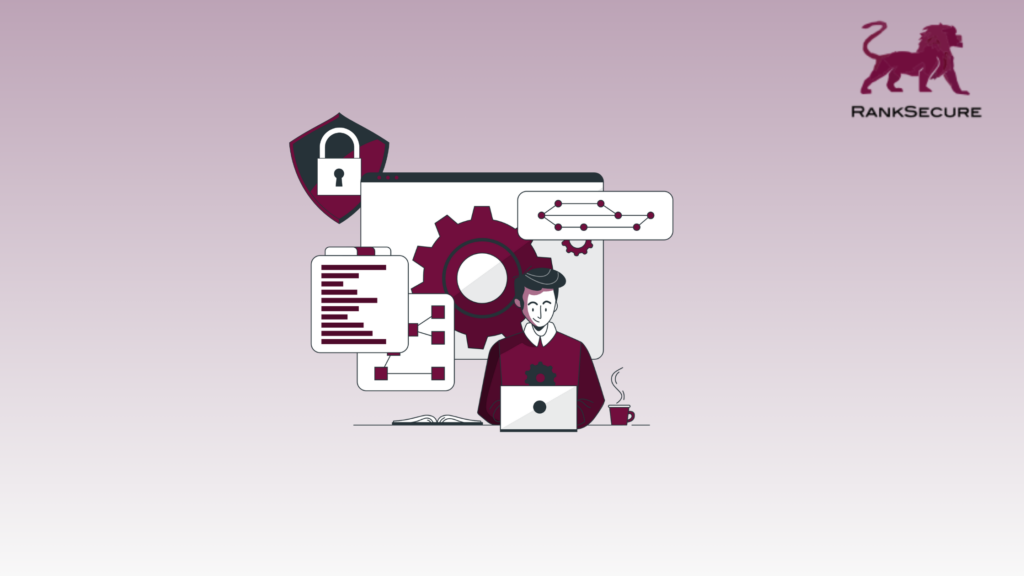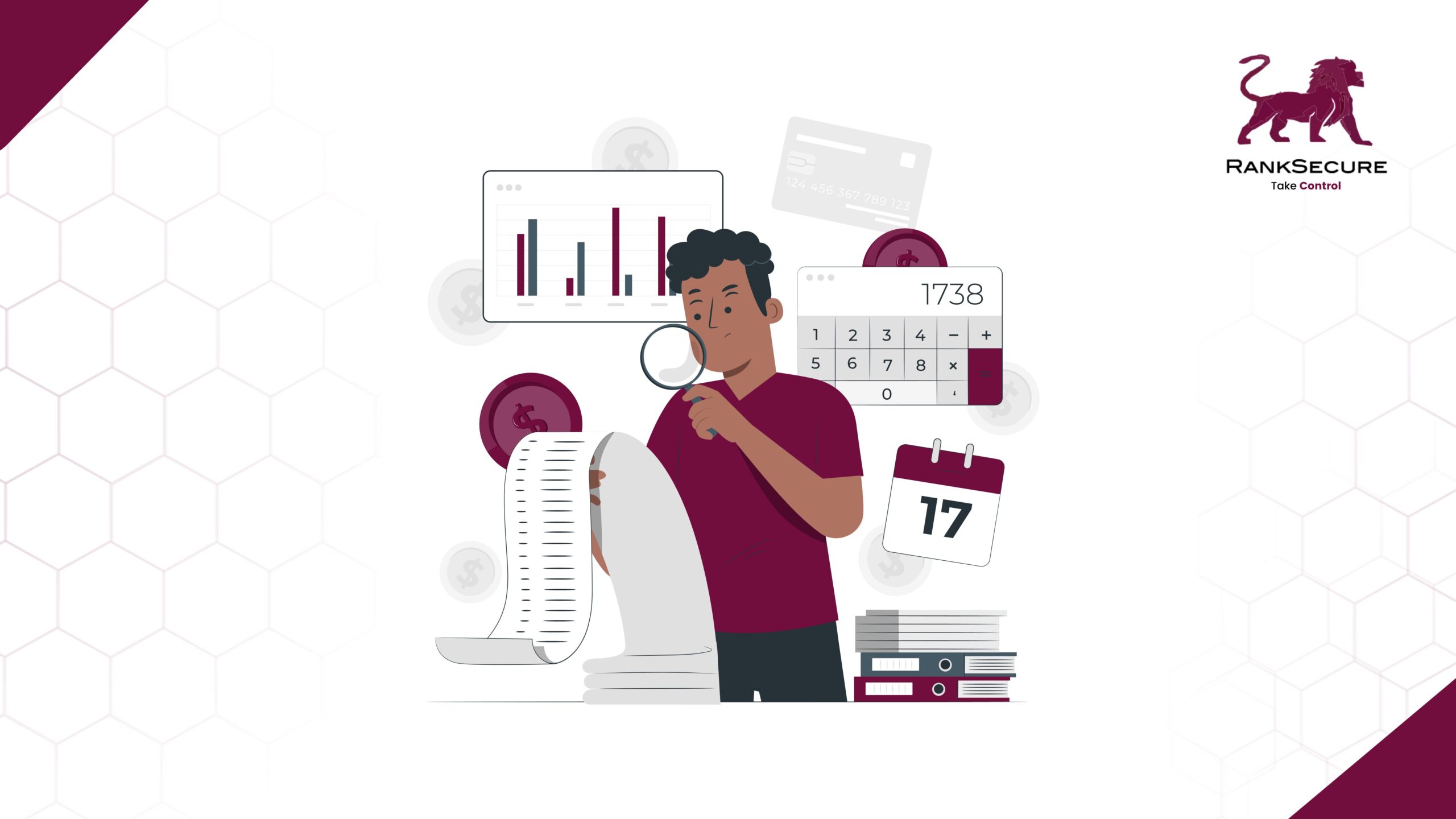
Integrating Vulnerability Testing Services for Continuous Security in DevOps
The fact that software development is all about speed, agility, and constant innovation in the present scenario is not all that surprising. In such a situation, the DevOps approach has taken centre stage. It’s a game-changer, allowing your organisation to deliver software faster and more efficiently than ever before. However, the rapid pace with which this field is developing has brought along with it a pressing concern: security.
If you’re wondering, ‘how?’, let’s explore the role that vulnerability testing services play in DevOps, keeping your software safe in a constantly evolving digital world.
Before we dive into the specifics, let’s take a moment to understand what ‘DevOps’ refers to.
DevOps is a collection of principles that prioritise cooperation and effective communication among development and IT operations units. Its primary objective is the automation and fusion of software development and infrastructure deployment procedures, with the ultimate goals of reducing development timelines, enhancing the frequency of software releases, and ensuring enhanced reliability.
While implementing DevOps brings numerous benefits in terms of efficiency and agility, it also poses security challenges. Traditional security practices that focus on securing the production environment alone are no longer sufficient in a DevOps world. Developers are now responsible for security throughout the entire development lifecycle, from code creation to deployment and beyond. That is where vulnerability testing services offer a practical and full-proof solution.
The Role of Vulnerability Testing Services in Securing DevOps
In a DevSecOps Community Survey, it was found that 53% of respondents integrate security into their DevOps pipeline. This number is expected to rise as organisations recognise the benefits of continuous security.
Vulnerability testing services play a crucial role in DevOps by identifying and mitigating flaws early in the development process. If the vulnerability of your software to external attacks is determined ahead, it can help you implement relevant security measures, enabling you to safeguard sensitive user data post deployment.
Vulnerability testing services that help secure DevOps processes typically include four stages:
Static Application Security Testing (SAST)
SAST analyses the source code or binary code of an application for security vulnerabilities. It can catch issues like SQL injection, cross-site scripting (XSS), and more at the code level.
Dynamic Application Security Testing (DAST)
DAST examines the running application from the outside, simulating real-world attacks to find vulnerabilities like weak authentication, insecure configurations, and more.
Interactive Application Security Testing (IAST)
IAST combines elements of both SAST and DAST by instrumenting the application to identify vulnerabilities during runtime.
Container Security Scanning
As containerisation becomes prevalent in DevOps environments, scanning containers for vulnerabilities before deployment is crucial to prevent security issues in production.
Why should vulnerability testing be a crucial consideration in DevOps implementation?
Incorporating vulnerability testing services into the DevOps process is not only a best practice but also a necessity to combat the sophisticated cybersecurity attacks in today’s world. Apart from securing your applications, there are several other benefits of employing vulnerability testing into your organisation’s DevOps process.
- Shift-Left Security – By integrating vulnerability testing services early in the development of your software, security becomes a proactive concern rather than a reactive one. This approach helps catch vulnerabilities at the source code level, reducing the cost and effort required to fix issues later in the development cycle.
- Faster Remediation – Identifying vulnerabilities during development allows for quicker remediation. Developers can address issues as they arise, preventing security concerns from piling up and delaying releases.
- Enhanced Collaboration – Integrating security into DevOps encourages collaboration between development, operations, and security teams. This cross-functional collaboration results in a better understanding of security requirements and enabling continuous improvement in the future.
Conclusion
Continuous security in DevOps is no longer an option—it’s a requirement for modern software development. By integrating vulnerability testing services into your DevOps practices, you can build a secure foundation for your software applications and protect your organisation from evolving security threats. Following secure practices not only allows you to safeguard your data and IT assets, but also helps maintain customer trust, which can help you build a reliable image in your industry.
Recent Posts
What Is Patch Management? A Beginner’s Guide to Cybersecurity
When you study the world’s most damaging cyberattacks, one pattern keeps showing up. It is not always the cutting-edge zero-day exploit or the advanced persistent threat that breaks systems. It is often a known vulnerability, with a patch available, left unapplied for weeks or months. In every case,
The Real Reason Breaches Happen: Patch Delays
“A patch was available, but not applied in time.” That line keeps showing up, in regulatory findings, cyber insurance disputes, and boardroom debriefs. And for good reason: most successful attacks do not rely on novel techniques. They exploit known, fixable weaknesses. In fact, over 60 percent of breaches
What Is IT Asset Management? A Comprehensive Beginner’s Guide
Step inside any modern enterprise, and you’ll find an ever-expanding digital footprint: endpoints humming across departments, SaaS platforms proliferating faster than they’re being audited, cloud instances spun up without governance, and workloads moving in real time. It’s a playground and a potential minefield. Unmonitored endpoints become soft targets.






